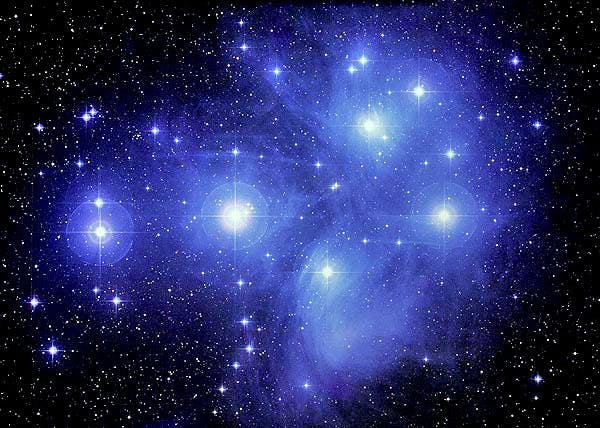How do we know how massive stars are?
Mitch, London
As we discussed in the previous vlog our understanding of stars is still incomplete, but there are areas which we are very confident on what we know.
In general we tend to know three things about stars: their brightness, their spectrum, and if they are close enough or of known luminosity, we can also know their distance.
If the stars are close, the distance is calculated using the parallax technique. By measuring the angle between the sun, the star and the earth at opposite times of the year, one can calculate the distance using simple trigonometry. If the star forms an angle of 1 arcsecond (1/3600th of a degree) then its distance is 3.26 light years. This is what we call a parsec (parallax of one arcsecond). If somebody were to claim to have crossed an asteroid field in, let’s say, 12 parsecs, then you’d know they took just over 39 light years to do so.
The spectrum gives us information regarding the composition of the stars. Knowing the elements beyond hydrogen that are in stars is important to determine their age.
And finally the brightness. The brightness is connected to the true luminosity L of a star by a very simple relation.
If two stars have the same luminosity, but one is twice as far away, we will get a quarter of the brightness from that furthest one. And if the luminosity is known (special objects known as standards candles), we can use the same relationship to estimate a distance.
In general though by knowing the brightness of the star and its distance we can calculate its luminosity, and that’s fundamental to estimate the mass.
But what can we do once we have obtained a luminosity? A lot, actually. Even by using simple school level physics one can calculate the mass of the star.
Our starting point is the Stefan-Boltzmann law. Which gives a relationship between emitted energy and the temperature of a body.
We will assume that a star is a perfect black body: it radiates energy isotropically and it is an ideal emitter i.e. the same amount of energy comes out in all directions.
Stars are self-gravitating spheres of hot plasma. There is an equilibrium between the radiation force that pushes things outwards and gravity that pulls things inward. This can be rewritten as an hydrostatic equilibrium condition: the pressure and the gravity are balanced.
The necessary approach after this is to use thermodynamics to link temperature and pressure. We will pretend that stars are an ideal gas. Hence
where m is the mass of a test particle.
And the radius can be obtained from the density
Putting everything back into the Stephen-Boltzmann law we find:
The exponent is very close to the value of 3.5 which is commonly used for main sequence stars. So even with over simplification one can reach a good estimate for the stellar mass of a star.
